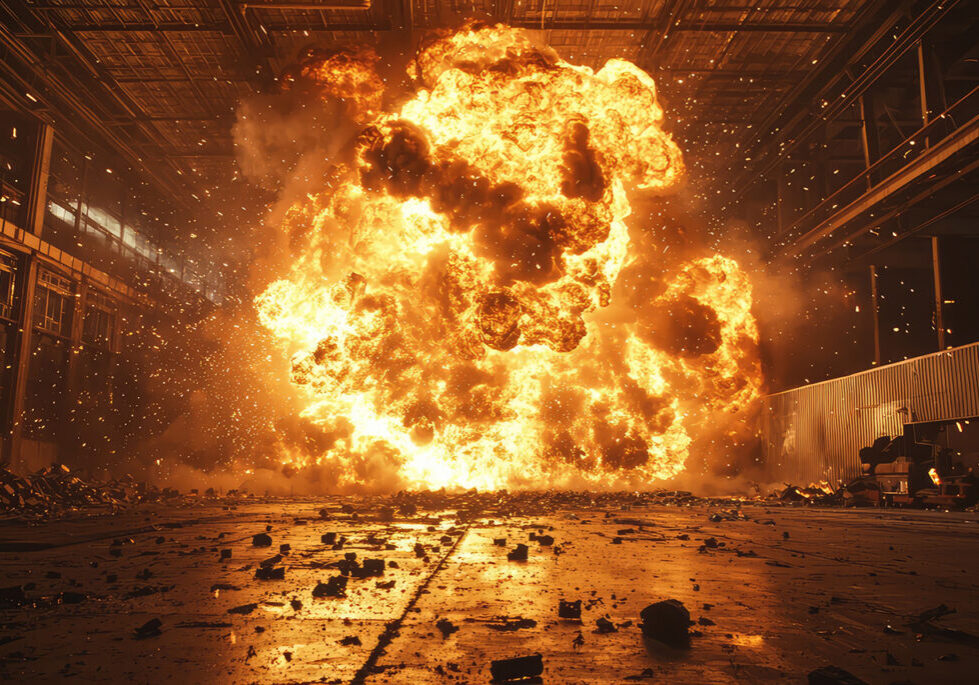Even with today’s protective equipment, and a modern understanding of human physiology, playing sports comes with inherent health risks. Research has been performed in nearly every professional sport to find ways to limit these risks. But, better protection and tougher rules are not always enough; delays in implementing these new rules means athletes remain vulnerable to preventable injuries. In the worst cases, the sports teams, and even the ruling bodies of a sport, can be held accountable through wrongful death lawsuits.
With research and increased public scrutiny, we’re becoming more aware of injuries that had previously escaped attention. Football in particular has been under fire at all levels of the sport, from youth leagues up to the NFL, as medical professionals and the public have come to recognize the existence of chronic traumatic encephalopathy (CTE), a degenerative brain disease common in players of contact sports. As an increasing number of professional players take early retirements in response to concussion scares, the league has been strongly criticized for its handling of the massive $1 billion settlement awarded to players suffering the effects of CTE.
But the NFL isn’t the only sports organization on notice, and CTE is not the only cause for concern. Teams, leagues, and governing bodies across the country have been slow to implement potentially life-saving rules or procedures. While there is always some assumption of personal risk when playing any sport, it is possible to hold a team, a facility, or even a major governing body, responsible for injury and wrongful death when negligence occurs.
As players of all ages are pushed ever harder by trainers and coaches, more and more wrongful death claims are being leveled at sports organizations around the country. These cases are being built on the back of years of study, examining the physical conditions of players, the strains they are expected to endure, and how staff have responded to health concerns. However, these cases are still quite difficult to win.
For lesser-known and amateur players in sports under less scrutiny, who died in less publicized circumstances, theirs remains an uphill road. The 2018 death of a minor league basketball player illustrates these inherent challenges.
Sudden cardiac death, an underrecognized but common cause of death for athletes, has made the NBA the target for a wrongful death lawsuit.
In March 2018, basketball player Zeke Upshaw passed away, two days after collapsing on court during a regular season game with the Grand Rapids Drive, a member of the NBA’s G League and the development team for the Detroit Pistons. According to a medical examiner, the 26-year-old forward suffered from sudden cardiac death (SCD). SCD is the leading cause of natural death in the U.S., and is often lethal due to the fact that victims are often young, with no obvious signs of ill health. Victims of SCD are often in their 30s and 40s, but even children are impacted by the disease. SCD is not the same as a heart attack; it occurs when the heart’s electrical system malfunctions, and the heart no longer has the coordinated rhythm necessary to pump blood effectively.
Two months after Upshaw’s death, his family filed a wrongful death lawsuit against the NBA, the Detroit Pistons, and the owners of the Drive. In the lawsuit, the family claims that live-saving measures were not initiated in the medically critical minutes following his collapse.
Sudden cardiac death became a known danger to the NBA in 1993, after Reggie Lewis of the Boston Celtics passed away suddenly during a post-season practice. Other NBA players and former NBA players have experienced sudden cardiac death, and the danger has also surfaced at the college and even high school level.
The wrongful death lawsuit contends that the untimely passing of numerous other players under similar circumstances should have been an alarm to the NBA. An alarm that, if heeded, should have led to more rigorous preparation for similar emergencies. Additionally, the lawsuit cites studies that have shown the development of heart problems in older basketball players.
The wrongful death lawsuit accuses the NBA of negligence that contributed directly to Zeke Upshaw’s death by failing to make proper first aid equipment available.
Attorneys representing the mother of Zeke Upshaw have made an extensive list of failures on the NBA’s part that endangered Upshaw, and potentially many other players. They claim that Upshaw’s immediate condition was neither properly diagnosed on the court, nor properly treated. Typical first aid responses, such as the use of CPR or a defibrillator, were not employed. Upshaw laid on the court for more than four minutes without receiving any emergency care. Because his heart was not pumping for that entire time, brain death had already occurred by the time Upshaw reached the hospital.
The lawsuit also attacks the NBA’s comprehensive failure to respond to past sudden cardiac deaths, contending that the NBA has ignored the risks to its professional players and minor league players, despite the several on- and off-court deaths that have occurred since Reggie Lewis’s in 1993.
The Upshaw family’s lawsuit also seeks compensation for lost wages, claiming that Zeke Upshaw’s death robbed the family of his career, and income.
Negligence alone can be difficult to prove, but in cases like the Upshaws’ there is sometimes enough evidence to show at least partial liability on the part of the defendants. But some families take this a step further, suing for income their loved one would have earned had they not died. But this presents a significant challenge. While typical employees earn consistent wages, the highly variable performance-based wages of professional players are harder to pin down.
The G League does not pay salaries anywhere near those seen by most NBA players. Had Upshaw lived to play in the 2018 season, he would have earned $35,000. His family argues that his career was on the rise towards something much greater, and thus was denied a far greater salary. However, as he was still in the minor leagues as he approached his late 20s, the NBA could argue those claims, citing his career statistics in an attempt to disprove claims that he was a future prospect.
Regardless of how the suit plays out, the NBA and other sports leagues will likely take steps to protect their players, if for no other reason than to head off future suits.
It will likely take months or even years for the Upshaws’ case to play out in court. To avoid negative publicity, or simply to resolve the case with minimal time spent in court, a sizeable out of court settlement may be in store.
However, regardless of how the wrongful death case plays out, the NBA and sports organizations across the country could see significant changes. As public pressure grows, league operators may well see the wisdom of prioritizing the medical needs of their players to prevent future wrongful death lawsuits.



